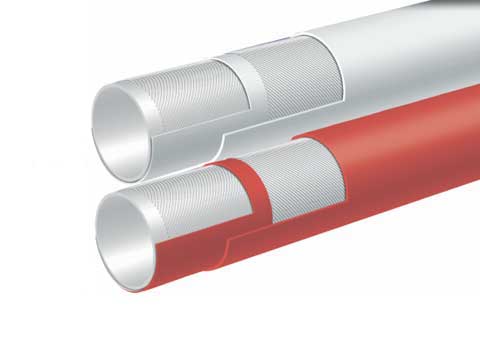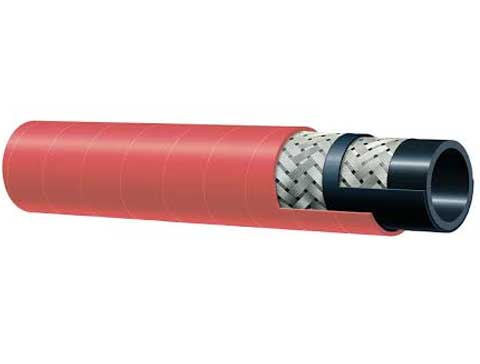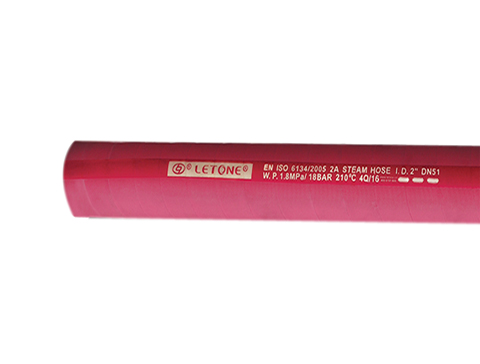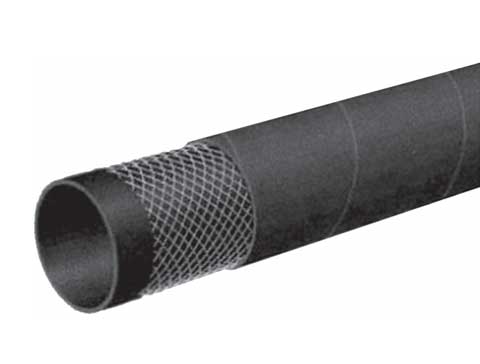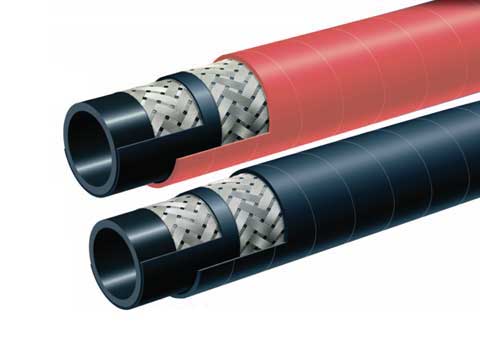Chemical transfer hose fittings are designed for specific applications. They must be able withstand the chemicals being transferred. They may break or lose the seal if they are not.
Choosing the right hose for the job is vital for process optimization, efficiency, and safety. To do so, gather the following information: the chemical substance's safety data sheet, its working pressure, and its temperature range.
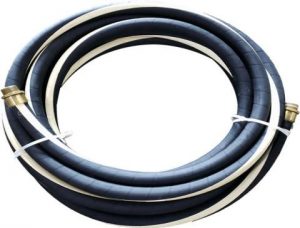
how to choose chemical delivery hose
When working with chemicals, selecting the right hose for your application is crucial to safety and efficiency. A hose that is inadequately chosen may leak, rupture or kink, potentially putting the user at risk of injury and disrupting operation. The wrong hose can reduce productivity and increase costs.
Chemical hoses are built tough to resist damage from abrasions, chemicals and ozone. They are also designed for static electricity buildup that can cause arcing and explosive detonation. Some hoses have antistatic tubes or are fitted with static grounding cables to prevent the buildup of electrical charges and prevent accidents.
There are many factors that can make up a chemical transfer hose, including the material the hose is made from, temperature and pressure resistance, and chemical compatibility. Some hoses have special features, such as dry quick release couplings that eliminate the need to use a wrench for connecting or disconnecting hoses.
There are also hoses that are designed to meet specific food safety regulations such as FDA approval. These hoses are made with materials that do not impart any flavor, smell or color to the fluid being transferred. Teknikum offers a selection of clean chemical hoses, such as Teknikum MULTI-TEK SD UPE Clean and Teknikum FOOD-TEK, that are safe for food contact applications.
What is the temperature and pressurization resistance of chemical delivery hose?
The temperature and pressure resistance of chemical delivery hoses depend on the kind of chemicals they convey. These hoses are often used for transferring liquid chemicals to or from storage containers, and they can also be utilized for spraying chemical-based fertilizers, pesticides and paint. These hoses come in bulk lengths and can be cut down to the size you need. These hoses can also be fitted with hose fittings to connect them to other equipment.
Chemical hoses can withstand high pressures and are resistant to leaks. These hoses are multi-layered, which helps to prevent leaks because fluids must pass through multiple layers before reaching the outer cover. These hoses also offer good electrical continuity which is a safety factor. They are not susceptible to permeation, which is another safety factor that increases their lifespan and overall value.
Some of these hoses are equipped with a bend restriction, which protects the hose against being overbent when handling. This can be a good way to protect the hose from damage and to avoid punctures at the end fitting. The hoses can also be coated with an anti-static material, which helps in discharging static electricity.
areas of application for chemical delivery hoses
Chemical delivery hoses can be used to transport various liquids, chemicals, and solvents. They can be used to transport abrasive materials, gases and steam. When choosing a chemical delivery hose, it is important to consider the type of media being conveyed as well as the temperature and pressure conditions. It is recommended that you also read the safety data sheets of the chemical in order to ensure the hose is compatible with the material to be conveyed.
There are a variety of lining and cover options for chemical transfer hoses. UHMW tubes are a popular option. They are resistant to a variety of chemicals and solvents. It is available in different sizes and working pressurized to suit the needs of any application.
A thermoplastic hose with a steel helix embedded is another great option. This hose is highly resistant to aggressive chemicals, is flexible and has excellent crush resistance. It is available in a variety of diameters for any application.
There are also a variety of food hoses that have been approved by the FDA. These hoses are made of food-grade materials, so the liquid they're carrying won't taste rubbery.

